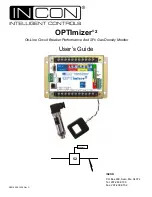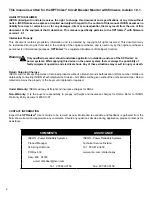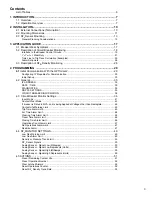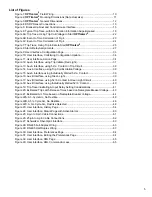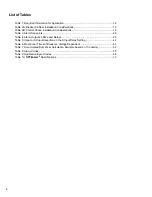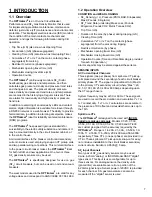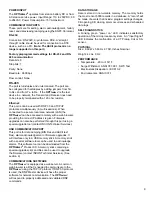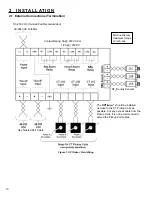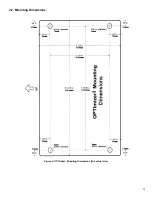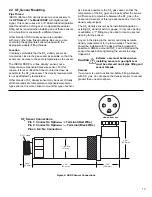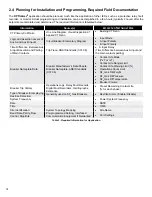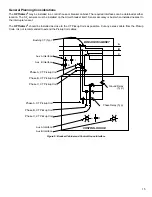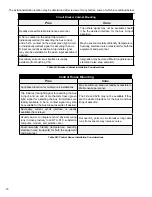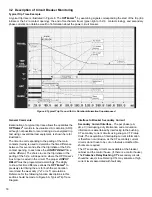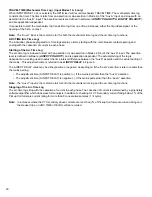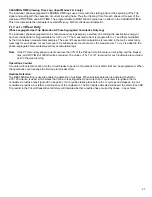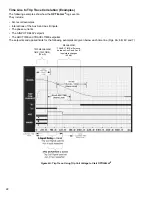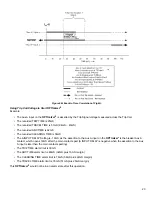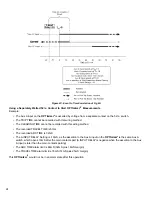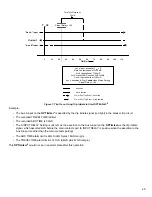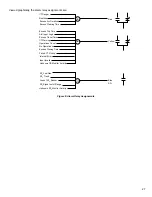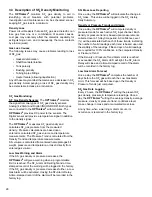
14
2.4 Planning for Installation and Programming, Required Field Documentation
The
OPTI
mizer
2
application should be planned, much like the application of other IEDs, such as a protective relay, fault
recorder, or monitor. Actual programming and installation can be accomplished in a few hours (typically 2 hours) after the
setpoints are calculated and determined. The required information is tabulated below:
Information
Source(s)
A
ffecTed
S
eTTINgS
/ U
Se
CT Primary Coil Ratio
One Line Diagram, Visual Inspection of
Applied CT Ratio
•
Bushing CT Ratio
Logic and Assertion Levels of
Aux A and Aux B inputs
Circuit Breaker Elementary Diagram
•
Input Mode
•
A Input Polarity
•
B Input Polarity
Time Difference Between Aux
A input Assertion and Parting
of Main Contacts
Trip Trace, ANSI Standards (C37.06)
•
A Input Delay
(Time Difference between Aux A input and
the main contacts parting)
Breaker Nameplate Data
Breaker Manufacturer’s Data Sheets,
Breaker Nameplate, ANSI Standards
(C37.06)
•
Contact Life Mode
(I
2
x T or I x T)
•
Contact Life Danger Limit
•
Contact Life Warning Limit (%)
•
Operations Count Limit
•
SF
6
Gas Fill Weight
•
SF
6
Gas Fill Pressure
•
SF
6
Gas Fill Temperature
•
Breaker Volume
Breaker Trip History
Operations Logs, Relay Fault Records,
Digital Fault Recorders, Oscillographs,
Estimation
•
Preset Remaining Contact Life
(% for each phase)
Type of Breaker for employing
Restrike Detection
Generally used on SF
6
Gas Breakers
•
Restrike Alarm (Enable / Disable)
System Frequency
•
Power System Frequency
Date
•
DATE
Time
•
TIME
Site Identification
System Topology, Mapping
•
Site Name
Baud Rate, Parity, Flow
Control, Stop Bits
Pre-programmed Setting, Interfaced
Communication Equipment if Networked
•
Port Settings
Table 1: Required Information for Application

